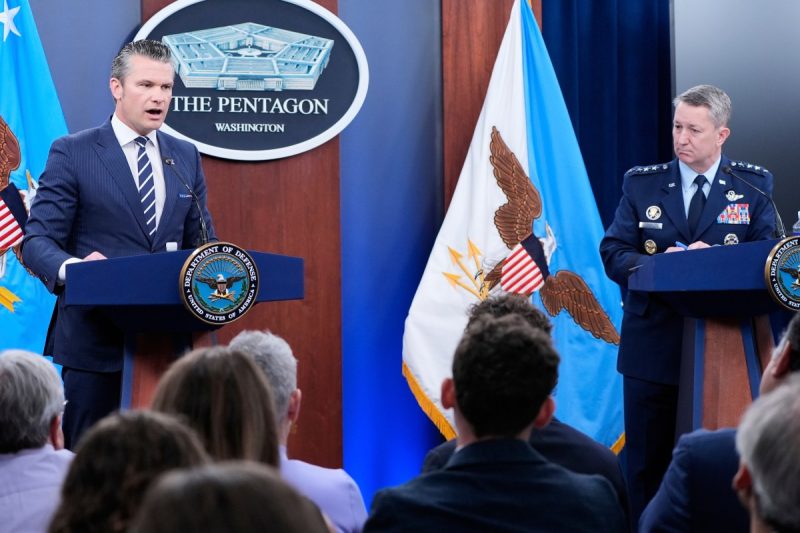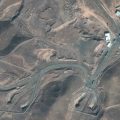
The Pentagon has declared that Operation Midnight Hammer, the surprise attack on Iranian nuclear facilities, represents the largest deployment of B-2 bombers in US history. This unprecedented operation, meticulously planned over months, involved a complex strategy including decoys to catch Tehran off guard. Defense Secretary Pete Hegseth asserted that no other nation possesses the military capability to execute such a daring and extensive operation, highlighting the unparalleled might of the US military.
The sheer scale of the operation is staggering. Over 125 aircraft participated, including seven B-2 Spirit stealth bombers, a significant number of refueling tankers, reconnaissance planes, and fighter jets. A total of 75 bombs and missiles were deployed in the attack, targeting key nuclear sites at Fordo and Natanz. In addition, Tomahawk missiles were launched from a US submarine against facilities in Isfahan. The B-2 bombers, renowned for their ability to penetrate heavy air defenses and deliver precision strikes while remaining virtually undetectable, dropped multiple massive anti-bunker bombs weighing 13,600 kilograms each onto Fordo.
The operation, launched on Friday night and continuing into Saturday Washington time, was a carefully orchestrated sequence of events. B-2 bombers from Whiteman Air Force Base in Missouri were deployed, some sent to Guam as a diversionary tactic, while others stealthily flew for approximately 18 hours towards Iran. The attack commenced with a submarine-launched barrage of Tomahawk cruise missiles against Isfahan’s nuclear facilities, followed by the B-2 strikes on Fordo. The operation concluded without any US casualties or any reported engagement from Iranian forces. General Dan Caine, Chairman of the Joint Chiefs of Staff, confirmed that this was not only the largest B-2 bombing campaign in US history, but also the longest such mission since 9/11.
President Trump oversaw the operation from the White House Situation Room, reportedly arriving after a day of golfing in New Jersey. The Pentagon insisted that the mission was a surgical strike, targeting only Iranian nuclear assets with no civilian or military casualties. Secretary Hegseth emphasized that the operation’s aim was not regime change, but to neutralize threats to national interests stemming from Iran’s nuclear program and to protect US troops and its ally, Israel. Trump’s subsequent address to the nation reiterated this, urging Iran to choose between peace and further escalation. However, this bold action has sparked internal dissent within the Republican party, with some expressing opposition to further military intervention in the Middle East. The operation, planned for months, proceeded even while diplomatic talks with Tehran were underway, demonstrating a readiness to act decisively if necessary. The secrecy surrounding the mission was remarkable, with only a limited number of individuals in Washington privy to its timing and scope.










